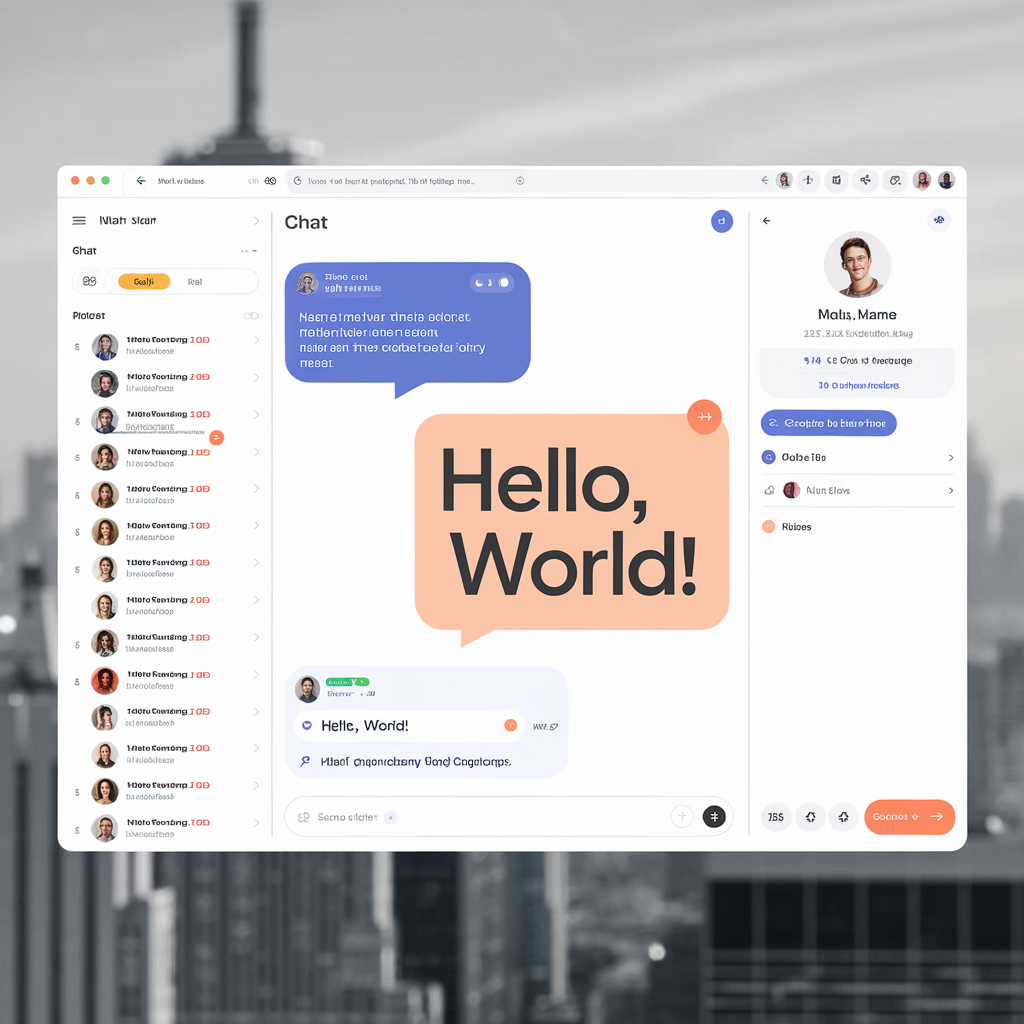Real-time applications, such as chat systems and live updates, require a way to establish continuous, bidirectional communication between the client and server. WebSockets provide a powerful solution for these use cases by enabling real-time data exchange over a single, long-lived connection. In this chapter, we will introduce WebSockets, set up a WebSocket server using the ws library, and implement real-time features like a chat application.
Introduction to WebSockets and Real-Time Communication
WebSockets are a protocol that allows for full-duplex communication channels over a single TCP connection. Unlike HTTP, which is request-response based, WebSockets maintain an open connection, allowing data to flow freely in both directions without needing to establish a new connection for each message.
Key Benefits of WebSockets:
- Low Latency: Real-time communication with minimal delay.
- Efficient Data Transfer: Reduced overhead compared to HTTP requests.
- Bidirectional Communication: Both client and server can send messages independently.
Use Cases:
- Chat applications
- Live sports updates
- Online gaming
- Collaborative tools
Setting Up a WebSocket Server with ws
The ws library is a popular choice for implementing WebSocket servers in Node.js. It is lightweight, easy to use, and provides all the necessary functionality for managing WebSocket connections.
Step 1: Install ws
npm install ws
Step 2: Create a WebSocket Server
Create a file named server.js and add the following code to set up a basic WebSocket server:
const WebSocket = require('ws');
const wss = new WebSocket.Server({ port: 8080 });
wss.on('connection', ws => {
console.log('New client connected');
ws.on('message', message => {
console.log(`Received message: ${message}`);
// Echo the message back to the client
ws.send(`Server received: ${message}`);
});
ws.on('close', () => {
console.log('Client disconnected');
});
ws.on('error', error => {
console.error('WebSocket error:', error);
});
});
console.log('WebSocket server is running on ws://localhost:8080');
This code creates a WebSocket server that listens on port 8080. It handles client connections, messages, disconnections, and errors.
Implementing Real-Time Features like Chat
With WebSockets, you can easily implement real-time features such as chat applications. Let’s enhance our WebSocket server to support a simple chat feature where multiple clients can send and receive messages.
Step 1: Update the Server Code
Modify server.js to broadcast messages to all connected clients:
const WebSocket = require('ws');
const wss = new WebSocket.Server({ port: 8080 });
const clients = new Set();
wss.on('connection', ws => {
clients.add(ws);
console.log('New client connected');
ws.on('message', message => {
console.log(`Received message: ${message}`);
// Broadcast message to all connected clients
clients.forEach(client => {
if (client ! = = ws && client.readyState = = = WebSocket.OPEN) {
client.send(message);
}
});
});
ws.on('close', () => {
clients.delete(ws);
console.log('Client disconnected');
});
ws.on('error', error => {
console.error('WebSocket error:', error);
});
});
console.log('WebSocket server is running on ws://localhost:8080');
Step 2: Create a Simple Client
Create a basic HTML file named index.html to connect to the WebSocket server and send/receive messages:
<!DOCTYPE html>
<html lang="en">
<head>
<meta charset="UTF-8">
<meta name="viewport" content="width=device-width, initial-scale=1.0">
<title>WebSocket Chat</title>
<style>
#messages {
border: 1px solid #ddd;
height: 300px;
overflow-y: scroll;
margin-bottom: 10px;
}
#messageInput {
width: 80%;
}
</style>
</head>
<body>
<div id="messages"></div>
<input type="text" id="messageInput" placeholder="Type a message..." />
<button id="sendButton">Send</button>
<script>
const ws = new WebSocket('ws://localhost:8080');
const messages = document.getElementById('messages');
const messageInput = document.getElementById('messageInput');
const sendButton = document.getElementById('sendButton');
ws.onmessage = event => {
const message = document.createElement('div');
message.textContent = event.data;
messages.appendChild(message);
messages.scrollTop = messages.scrollHeight;
};
sendButton.onclick = () => {
const message = messageInput.value;
if (message) {
ws.send(message);
messageInput.value = '';
}
};
</script>
</body>
</html>
This HTML file connects to the WebSocket server, sends messages when the “Send” button is clicked, and displays incoming messages in a scrolling chat window.
Conclusion
WebSockets provide an efficient and powerful way to build real-time applications that require continuous, bidirectional communication. By using the ws library, you can easily set up a WebSocket server, and with a simple HTML client, you can create interactive features like chat applications. Understanding and implementing WebSockets will enable you to build responsive, real-time applications that enhance user experience and engagement.
Tags
#Nodejs #WebSockets #RealTimeApplications #WebSocketServer #ChatApplication #JavaScript #WebDevelopment #ExpressJS #ServerSideProgramming #RealTimeCommunication #Coding #Programming #WebSocketClient #TechTutorial





